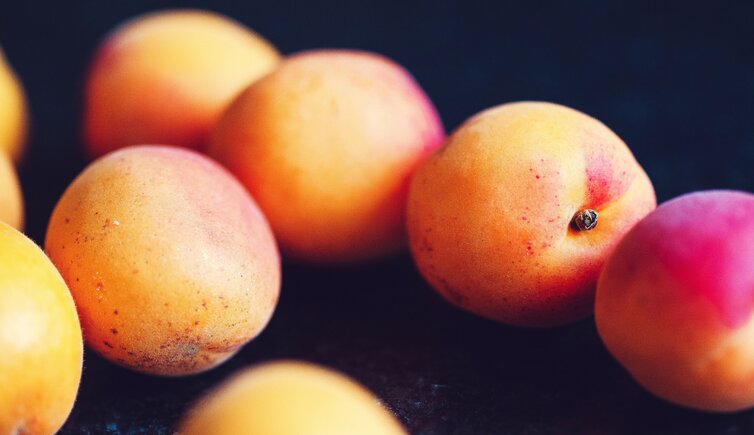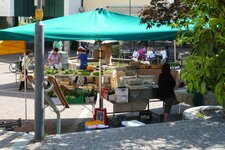The original Val Venosta apricot and the Val Venosta mountain apricot are known far beyond the region’s borders
Image gallery: Apricots of the Val Venosta valley
There are few places where apricots - known as "Marillen" in South Tyrol – thrive better than in the Val Venosta. The fruit prefers a dry climate with significant temperature differences between day and night, wind, low humidity and loose soils. All of these conditions are found in the Venosta Valley, where the apricot is cultivated at altitudes between 500 and 1,100 metres.
It belongs to the rose family and was already known in Armenia in ancient times (Prunus armeniaca). Alexander the Great eventually brought it to Greece and from there to Italy. In China, the fruit is still considered a symbol of young girls, but also of the desire for children.
It is ripe when it has developed a deep yellow to orange colour, and harvested in the Val Venosta from mid-July to August in two main varieties: The original Val Venosta apricot has orange flesh and a sweet-and-sour flavour. The Val Venosta mountain apricot - which includes the Goldrich and Orangered varieties - can be recognised by its reddish colour and tastes juicy and sweet.
After harvesting, the apricots are sorted by colour, weight and size in the fruit cooperatives of the Val Venosta. They are often available in the cooperatives' shops or directly from farmers' stalls at regional markets, which avoids long transport routes. These varieties are the ideal ingredient for recipes like the famous apricot dumplings or apricot jam. They also contain a lot of beta-carotene, a precursor to vitamin A, which is important for vision, healthy skin and the immune system.





















































